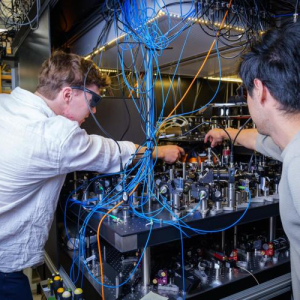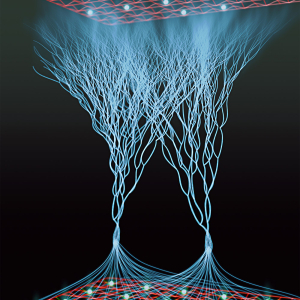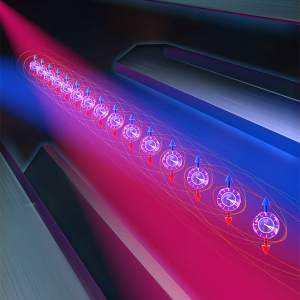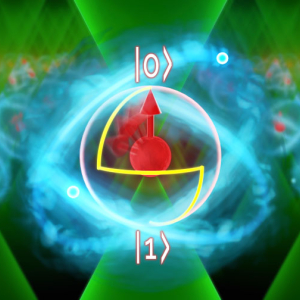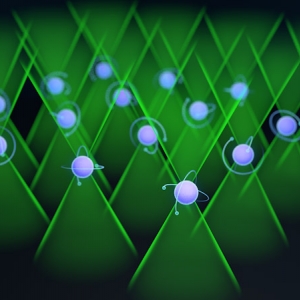Research Highlights
Atomic & Molecular Physics | Precision Measurement | Quantum Information Science & Technology
JILA Fellow and NIST Physicist Adam Kaufman Combines Multiple Atomic Clocks into One System
Published:
PI: Adam Kaufman
Laser Physics | Precision Measurement | Quantum Information Science & Technology
The Interference of Many Atoms, and a New Approach to Boson Sampling
Published:
PI: Adam Kaufman
Precision Measurement | Quantum Information Science & Technology
New Spin-Squeezing Techniques Let Atoms Work Together for Better Quantum Measurements
Published:
PI: Adam Kaufman | PI: Ana Maria Rey
Quantum Information Science & Technology
Seeing Quantum Weirdness: Superposition, Entanglement, and Tunneling
Published:
PI: Adam Kaufman
Precision Measurement | Quantum Information Science & Technology
Tweezing a New Kind of Qubit
Published:
PI: Adam Kaufman
Atomic & Molecular Physics | Laser Physics | Precision Measurement
Tweezing a New Kind of Atomic Clock
Published:
PI: Adam Kaufman | PI: Jun Ye




